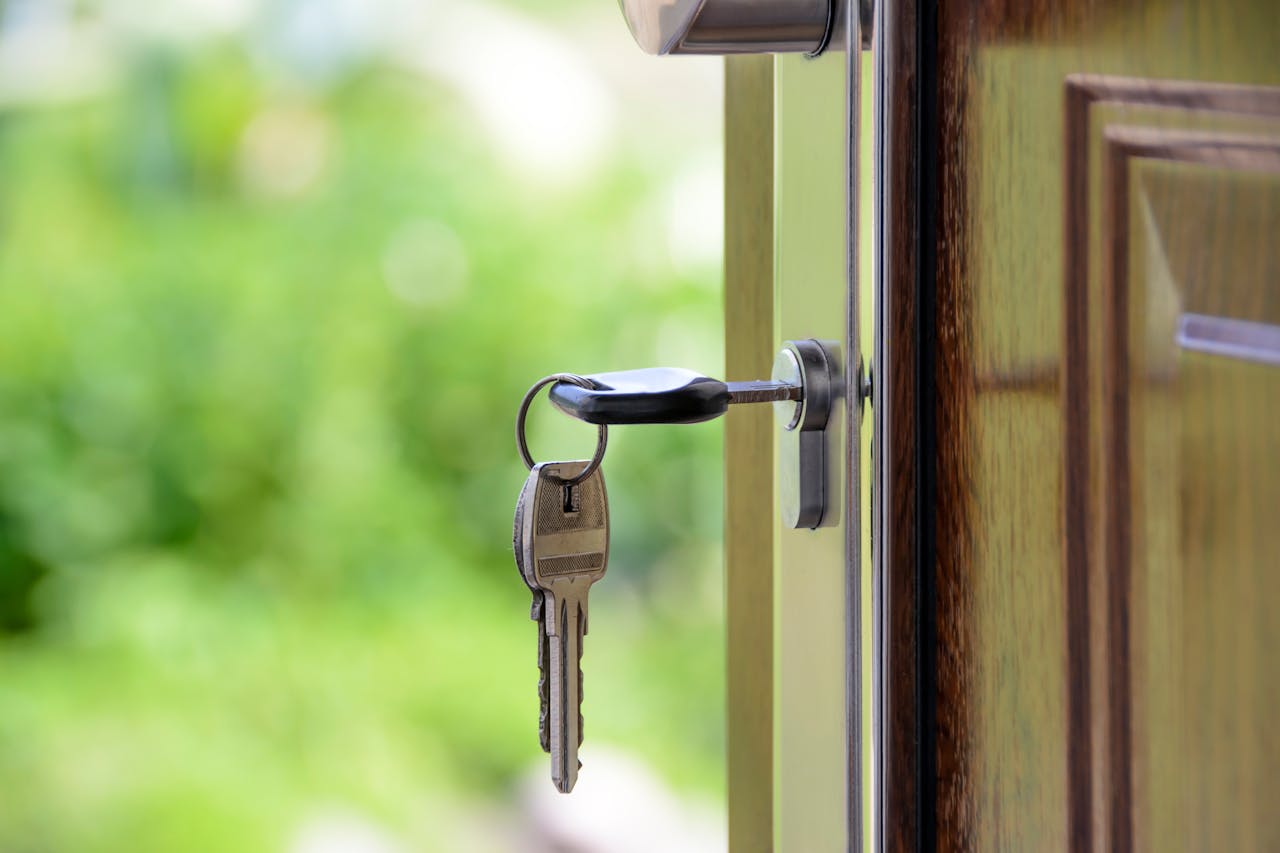There’s something special about older homes. The wood floors, original moldings, and cozy layout all give the place a character you just don’t find in new builds. But let’s be honest—moving into one isn’t always smooth sailing. With all the charm comes a few things you’ll want to double-check before settling in.
If you’re moving into an older home in Nederland, TX, you’re not alone. A lot of neighborhoods here are full of long-standing homes that have seen several generations pass through. These homes can be strong and full of life—but they often come with systems that haven’t been updated in years. That’s why it’s important to look past the paint and really understand what you’re walking into. Whether it’s your first home or your forever home, this checklist will help you get started on the right foot.
1. Inspect the Heating and Cooling Systems
Let’s start with something you’ll use all year: your HVAC system. In older homes, it’s common to find outdated equipment, neglected ductwork, or systems that haven’t been serviced in years. Even if the unit powers on, that doesn’t mean it’s running efficiently-or safely. Before calling a professional, you can perform a quick check by running the system and paying attention to how it heats and cools each room. However, if you notice uneven temperatures or strange noises, it may be worth searching for something like “heat pump repair near me” (or other repairs) to have a technician assess and fix any issues. Taking care of these problems early can prevent bigger, more expensive repairs down the line.
Begin by switching on both the heat and air conditioning. Listen for any unusual sounds, and see how quickly your home reaches the temperature you set. Walk through each room to make sure the airflow feels consistent.
If the system struggles to keep up or makes strange noises, there could be issues like worn-out parts, blocked vents, or dirty filters at play. For example, if the heat pump isn’t working as it should, it may be time for heat pump repair in Nederland, TX. It’s better to take care of it now than face a full system breakdown during peak summer or winter.
A qualified technician can check everything and let you know if it just needs a tune-up or something more involved. Getting ahead of it now can save you time, money, and stress later.
2. Check the Electrical Panel and Outlets
Next up: electricity. Older homes sometimes come with outdated electrical panels and wiring that just can’t keep up with modern needs. That’s not just an inconvenience—it’s a real safety issue.
Start by taking a look at your electrical panel. Does it look old, rusted, or overloaded? If your home still uses fuses instead of breakers, you’ll want to talk to an electrician right away about an upgrade.
Plug in a few devices throughout the house and see how the system handles it. If the lights flicker or breakers trip easily, it’s a sign that the panel might be too small for today’s power use.
Check your outlets, too. Are they grounded? Do they get warm after a few minutes of use? Older outlets without proper grounding can pose a fire risk. Make sure kitchens, bathrooms, and outdoor spaces have GFCI protection.
A licensed electrician can inspect the full system and let you know what needs to be updated or replaced.
3. Look for Plumbing Issues
The pipes in older homes tell a story—but sometimes it’s a messy one. Plumbing problems aren’t always obvious right away, so you’ll need to do a bit of digging.
Start under sinks. Look for signs of rust, corrosion, or slow leaks. Open the taps and check how fast the water comes out. Run the shower and make sure both hot and cold water work as expected. Slow drains or gurgling sounds could mean there’s a clog deeper in the line.
Some older homes still have galvanized steel or cast iron pipes. These materials break down over time, leading to leaks, water damage, or even burst pipes. If your inspection shows these materials are still in use, it may be time to consider replacing parts of the plumbing.
It’s also a good idea to ask if the sewer line has been inspected recently. Tree roots, old pipe collapses, or clogs in the main line can turn into a major repair fast.
4. Test for Drafts and Window Leaks
Old windows add charm, but they often let in a lot more than sunlight. Drafts around windows and doors are common in older homes and can drive up your energy bills.
Check for leaks by feeling around the edges of each window on a windy day. If you notice cool air coming through, it means the seals aren’t doing their job. You can also hold a lit incense stick near the window frame—if the smoke shifts, you’ve got a draft.
Weatherstripping, caulk, or foam sealant can help close those gaps without replacing the whole window. If the frames are damaged or rotting, though, new windows might be your best option.
Fixing drafts not only improves comfort but also reduces the strain on your heating and cooling system. That means lower bills and a more consistent indoor temperature year-round.
5. Inspect the Roof and Attic
The roof and attic are two of the most overlooked parts of a home inspection—but they can be costly if ignored. Start outside. Look for missing shingles, sagging areas, or signs of wear and tear. Even small cracks can let in water, which leads to leaks and mold inside the home.
Inside, head to the attic. Check for signs of water damage, such as dark spots or stains on the wood. Touch the insulation to make sure it’s dry. A musty smell could mean there’s been a leak or poor ventilation for a while.
Proper attic ventilation helps prevent mold and reduces heat buildup, which can impact your entire HVAC system. If the attic doesn’t feel right, it’s worth having a pro come take a look.
Furthermore, to ensure there is safe access to these areas, having a secure roof access system can be important. Upgrading to a modern, strong system can provide peace of mind and simplify future maintenance. When planning these improvements, consider investing in engineered access solutions to ensure the highest standards of security and reliability for anyone working on or inspecting your roof.
Moving into an older home can be a great experience when you’re prepared. The age of the home doesn’t have to be a drawback—as long as you take the time to inspect the essentials. From your HVAC to the roof, these early checks can prevent surprises and keep your new home safe and comfortable.
Every home is different, and older homes often come with quirks you won’t find in new builds. That’s part of the charm—but it’s also why this checklist matters. Take care of the basics now, and you’ll be able to enjoy your home’s character without constant headaches. Whether you just moved in or are getting ready to close, being proactive now makes all the difference later.










